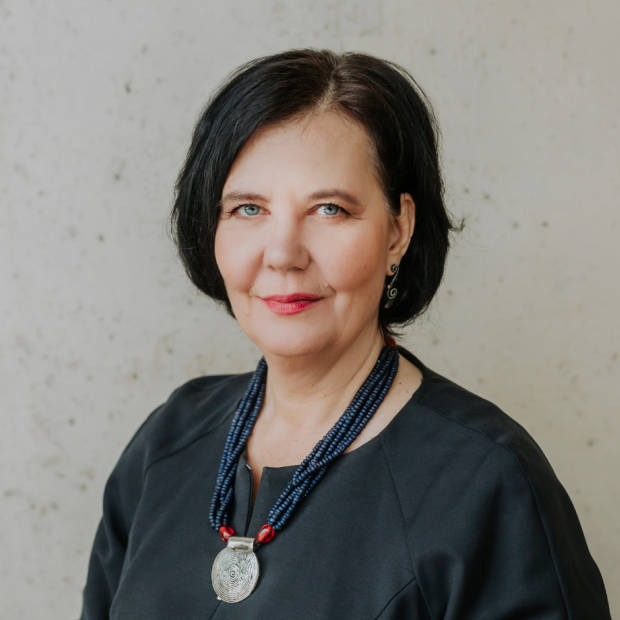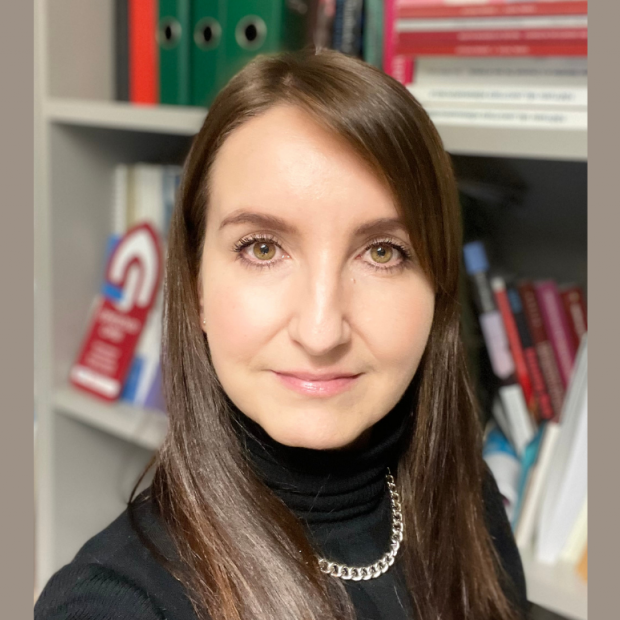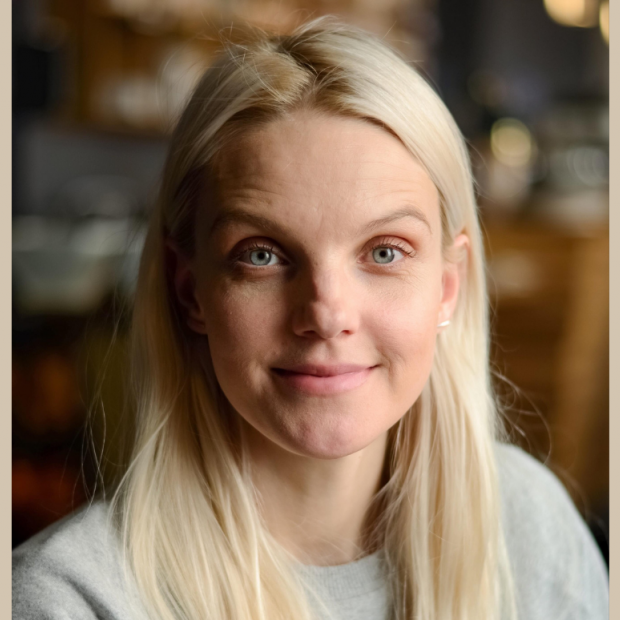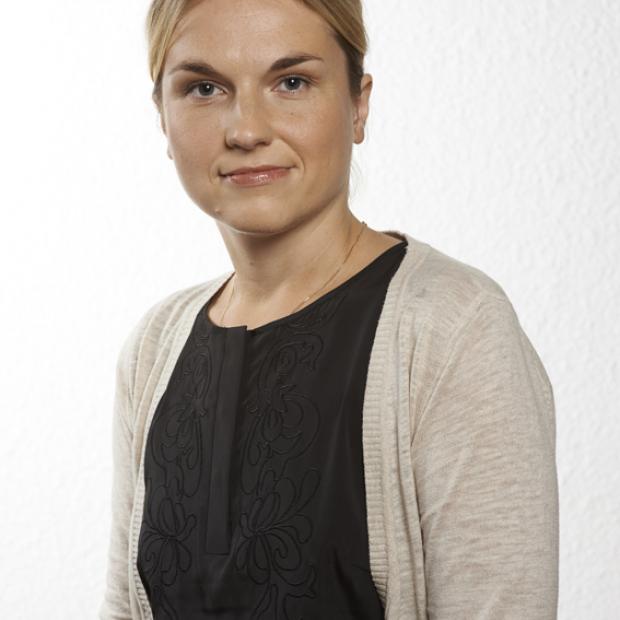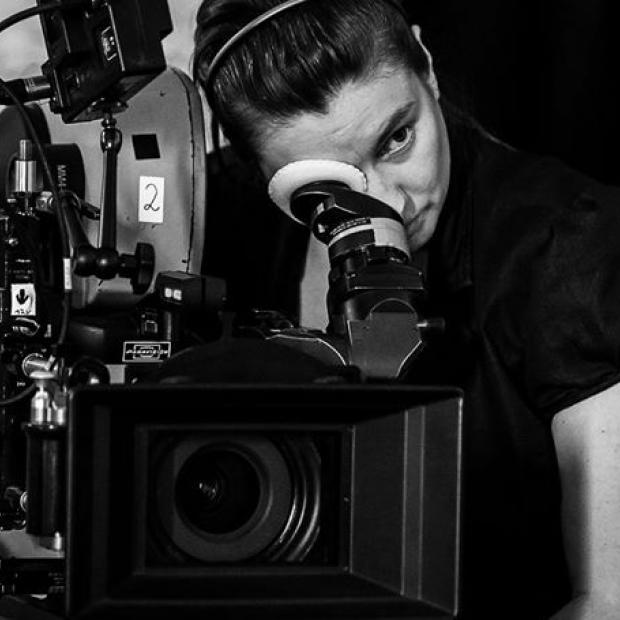Doctoral thesis investigated the modern revival of the mask-making practice and tradition of Indigenous peoples of Alaska
Doctoral student from Tallinn University School of Humanities Anna Mossolova defended her doctoral dissertation, in which she focused on the Yup'ik people practice of mask making before and after their first contact with Europeans and Americans at the beginning of the 19th century.
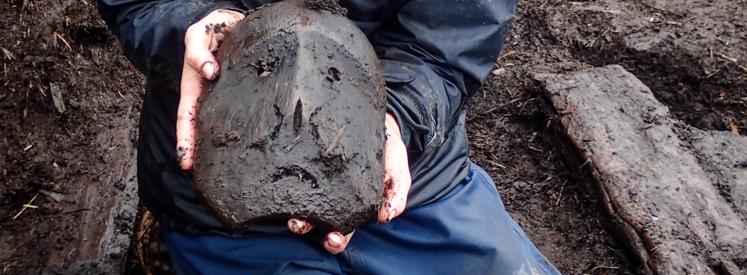
The Yup'ik are the largest group of Indigenous peoples of Alaska, most of whom live on the coast of the Bering Sea and in the Yukon-Kuskokwim Delta region. Mask making is one of the most central practices in the cultural heritage of the Yup'ik people that defines their identity and reflects the manner in which they perceive the world and the environment around them as well as how they interact with animals. The Yup'ik used masks in their annual winter ceremonies. The masks depict different animals, spirits and other supernatural beings, but also plants, driftwood and forces of nature.
Mossolova explains that the traditional lifestyles and practices in Southwest Alaska have significantly changed after the locals’ first contact with Europeans and Americans in the 1820s. Mask making and dancing with masks was outlawed, as the Moravian and Catholic missionaries that arrived in the area in the 1880s viewed the masks as symbols of pagan idolatry. Several generations of the Yup'ik did not make or dance with masks. However, the revival of the mask-making tradition began in the 1980s and still continues today.
/photo%20courtesy%20rick%20knecht.jpg)
The practice of mask making has a long and diverse pre-colonial history, which is essential for understanding the traditional word view of the Yup'ik that wasn’t influenced by the Western world. “The long period of colonisation and the suppression of traditional lifestyles caused deep cultural discontinuities, including in the understanding of mask making and the meaning of masks,” says Mossolova on the results of her study.
Drawing inspiration from archaeological and ethnological collections, contemporary Yup'ik artists are creating masks again by adding their own modern touch. “Contemporary Yup'ik artists don’t think that there’s a conflict between tradition and innovation,” explains the author of the dissertation. “For them, tradition is not so much defined by the material or technical side of mask making but by the shared narratives and values conveyed by the activity or the masks.”
Through their traditions, mask-makers also help both themselves and local communities recover from the trauma caused by the colonial era.
Anna Mossolova has been carrying out ethnological and archaeologic fieldwork for her thesis at the Nunalleq site near the village of Quinhagak since 2015. She relied on the oral tradition of the local community and ethnographic interviews she held with contemporary artists. The author of the thesis considers long-term and close cooperation with the bearers of culture in the local village the most important and exciting part of her study. Mossolova’s dissertation provides the first comprehensive overview of the one-of-a-kind pre-contact Nunalleq mask collection and analyses its main differences compared with the masks from the colonisation period.
The dissertation is entitled ‘Mending the Breaks: Revival and Recovery in Southwest Alaska Mask-Making Tradition’ (Katkestuste parandamine: Edela-Alaska maskide valmistamise tavade uurimine ja taaselustamine). The public defence was held on November 10 at Tallinn University.
The dissertation was supervised by associate professor and senior researcher Marju Kõivupuu from Tallinn University and senior lecturer Rick Knecht from the University of Aberdeen. The opponents were professor Neil Price from Uppsala University and associate professor Gro Birgit Ween from the University of Oslo.
The dissertation is available in the ETERA digital environment of TLU Academic Library.
